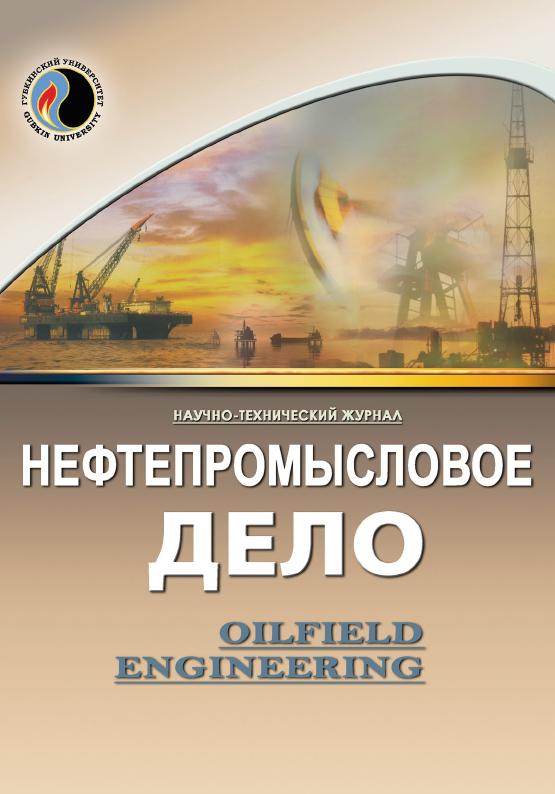An integrated approach to assessing the potential of repeated multi-stage hydraulic fracturing on the example of one of the fields in the Western Siberia
UDC: 622.276.66.001.57
DOI: 10.33285/0207-2351-2023-5(653)-44-50
Authors:
SHTEYN EVGENIY S.1
1 LUKOIL-Engineering Limited KogalymNIPIneft Branch Office in Tyumen, Tyumen, Russia
Keywords: well with a horizontal ending, hard-to-recover reserves, multistage hydraulic fracturing of a reservoir, calculation of the distance between the frac ports, number of frac ports, inflow intensification
Annotation:
Hydrocarbons production increase is the main priority of the oil and gas industry development. Oil and gas extraction from geologically complex reservoirs and reservoirs with degraded filtration characteristics may be unprofitable, inefficient or even impossible when using traditional methods and technologies. Hydraulic fracturing of a reservoir is rightfully recognized as the most effective method of hydrocarbon production stimulation. Currently, horizontal wells and subsequent multi-stage hydraulic fracturing of a reservoir are the most effective means of oil and gas reservoirs development. Herewith, multi-stage hydraulic fracturing differs from traditional hydraulic fracturing methods by the fact that it involves several cycles of multi-stage hydraulic fracturing for different intervals. The structure of hydrocarbon reserves is deteriorating from year to year, so it is necessary to introduce innovative solutions. As a result of the work carried out, four different options of the development of a sector section of the field were assessed and comparatively analyzed in detail. Based on the results of the research carried out, the most optimal and cost-effective option for the development of a sector section of a field was selected.
Bibliography:
1. O prioritetnykh napravleniyakh razvitiya tekhnologiy GRP v Rossii / K.N. Baydyukov, P.V. Bravkov, O.V. Zhdaneev, V.A. Kononenko // Razvedka i okhrana nedr. – 2020. – № 11. – S. 49–57.
2. Iskandarov A.S. Analiz effektivnosti primeneniya GRP na Kochevskom mestorozhdenii // Enigma. – 2020. – № 27-2. – S. 108–114.
3. Sadrislamova D.I. Rekomendatsii dlya povysheniya effektivnosti provedeniya GRP na Yuzhno-Yagunskom mestorozhdenii // Problemy razrabotki neftyanykh i gazovykh mestorozhdeniy s trudnoizvlekaemymi zapasami: sb. tr. Vseros. nauch.-tekhn. konf., Oktyabr’skiy, 11 sentyabrya 2020 g. – Oktyabr’skiy: UGNTU, 2020. – S. 110–114.
4. Shlyapkin A.S. Podkhod k modelirovaniyu gidrorazryva plasta v skvazhinakh s gorizontal’nym okonchaniem // Neftepromyslovoe delo. – 2020. – № 9(621). – S. 14–18. – DOI: 10.30713/0207-2351-2020-9(621)-14-18
5. Shlyapkin A.S., Tatosov A.V. Formirovanie treshchiny gidrorazryva plasta vysokovyazkim gelem // Geologiya, geofizika i razrabotka neftyanykh i gazovykh mestorozhdeniy. – 2020. – № 9(345). – S. 109–112. – DOI: 10.30713/2413-5011-2020-9(345)-109-112

